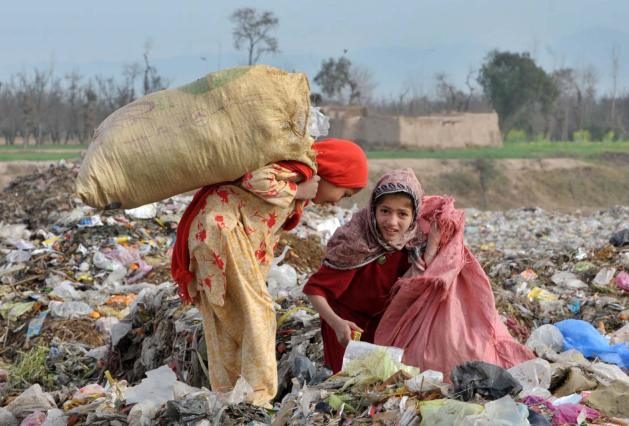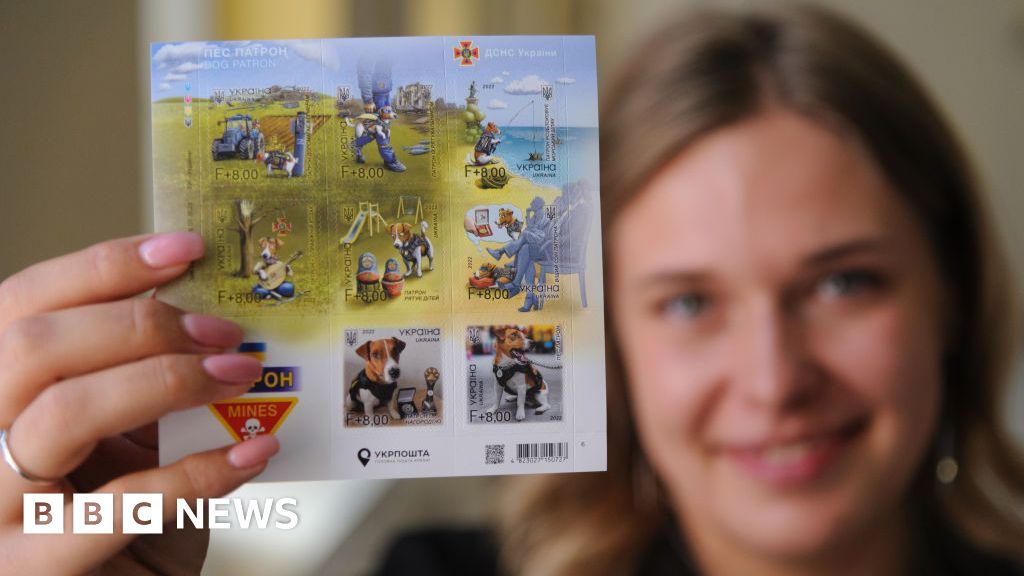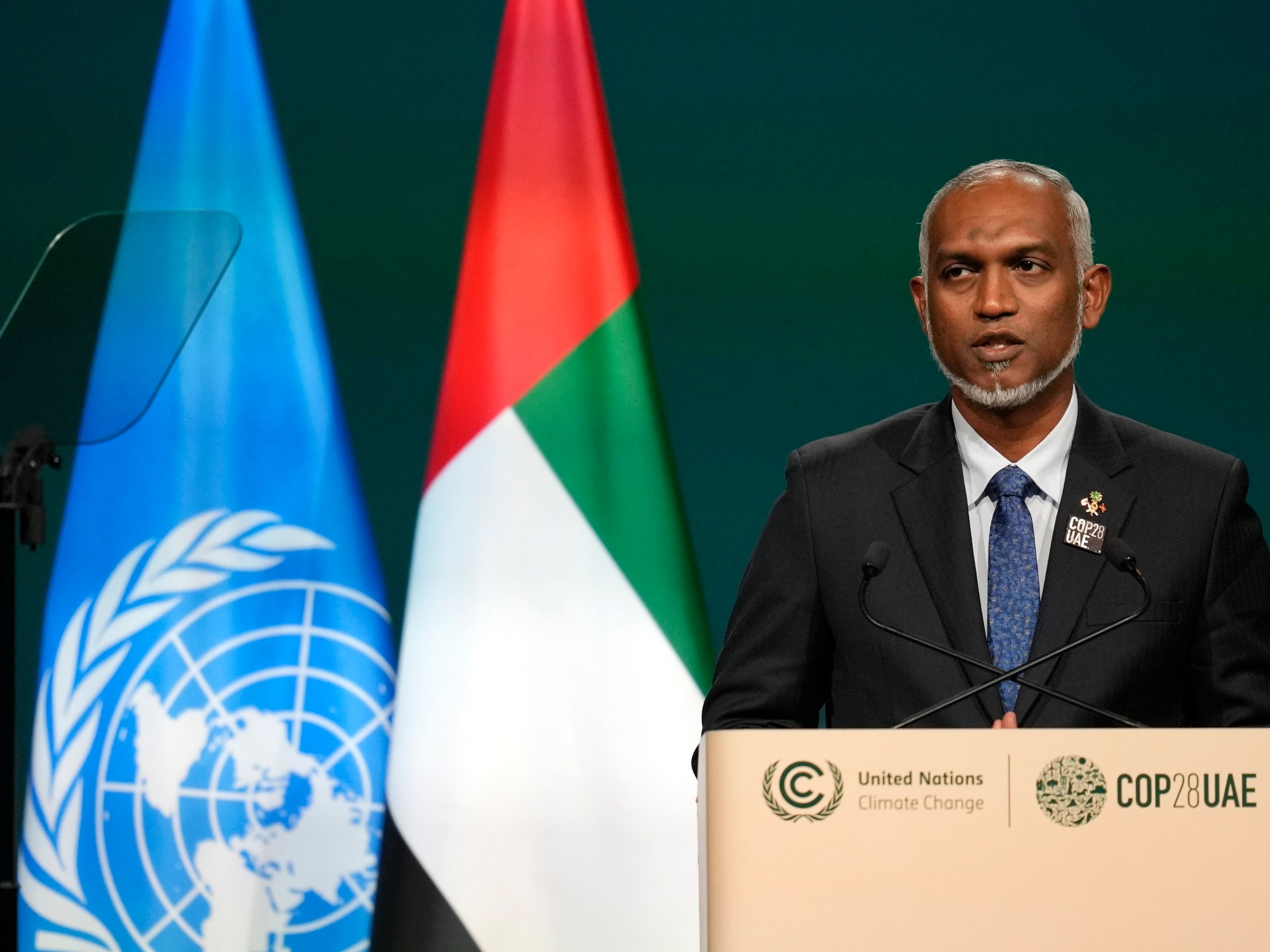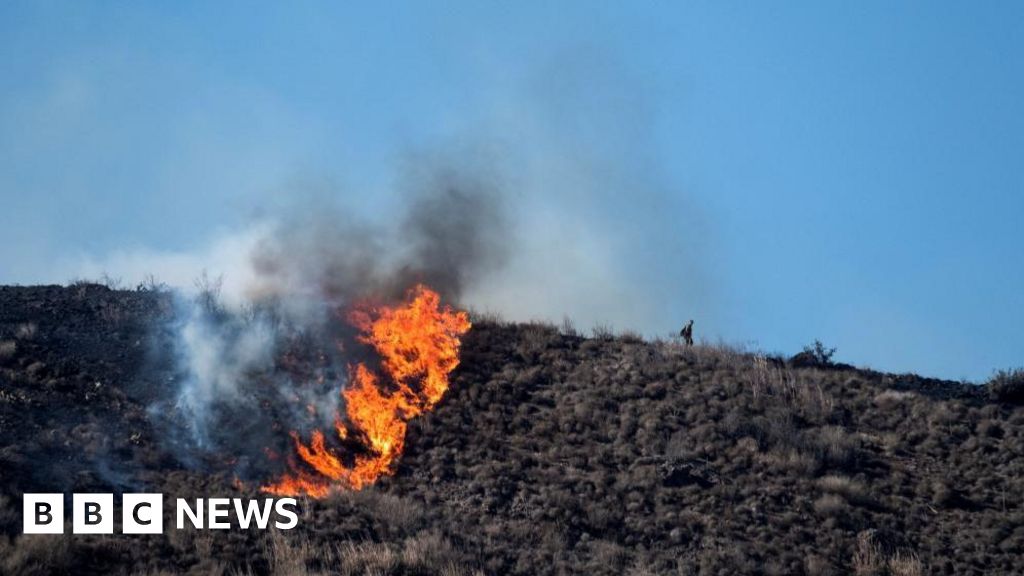Upset with the Opulence of the Rich? But the World’s Children Are Paying the Bill — Global Issues
MADRID, May 30 (IPS) – The excesses committed by rich people can be deadly–and in fact they are. Be it about food, energy or overall waste, such excesses have been depleting the world’s natural resources and pushing both current and future generations towards the edge of a predictable abyss.
See how
Over-consumption in the world’s richest countries is destroying children’s environments globally, explains UNICEF (the UN Children Fund) in its report Innocenti Report Card 17: Places and Spaces.
“The world’s richest countries are providing healthier environments for children within their borders, yet are disproportionately contributing to the destruction of the global environment.”
In fact, if everybody in the world consumed resources at the rate people do in Economic Cooperation and Development OECD (38 countries), and the European Union (EU) States (27), the equivalent of 3.3 Earths would be needed to keep up with consumption levels.
But if everyone were to consume resources at the rate at which people in Canada, Luxembourg and the United States do, at least five Earths would be needed
UNICEF compares how both OECD and the EU countries fare in providing healthy environments for children.
For this purpose, it features indicators such as exposure to harmful pollutants including toxic air, pesticides, damp and lead; access to light, green spaces and safe roads; and countries’ contributions to the climate crisis, consumption of resources, and the dumping of e-waste.
Destroying children’s environment.. And lives
“Not only are the majority of rich countries failing to provide healthy environments for children within their borders, they are also contributing to the destruction of children’s environments in other parts of the world,” said Gunilla Olsson, Director of UNICEF Office of Research – Innocenti.
“Mounting waste, harmful pollutants and exhausted natural resources are taking a toll on our children’s physical and mental health and threatening our planet’s sustainability.
Learn more, please
The Innocenti Report includes other key findings. See some of them:
- Over 20 million children have elevated levels of lead in their blood. Lead is one of the most dangerous environmental toxic substances.
- Finland, Iceland and Norway rank in the top third for providing a healthy environment for their children yet rank in the bottom third for the world at large, with high rates of emissions, e-waste and consumption.
- In Iceland, Latvia, Portugal and the United Kingdom 1 in 5 children is exposed to damp and mould at home; while in Cyprus, Hungary and Turkey more than 1 in 4 children is exposed.
- Many children are breathing toxic air both outside and inside their homes. Mexico has among the highest number of years of healthy life lost due to air pollution at 3.7 years per thousand children, while Finland and Japan have the lowest at 0.2 years.
- In Belgium, Czech Republic, Israel, the Netherlands, Poland and Switzerland more than 1 in 12 children are exposed to high pesticide pollution.
- Pesticide pollution has been linked with cancer, including childhood leukaemia and can harm children’s nervous, cardiovascular, digestive, reproductive, endocrine, blood and immune systems.
But there is more, much more…
Sadly enough, all the above is not the sole cause that damages the present and future of children. See, for example:
- The shocking extent of exploitative baby formula milk marketing. The world’s leading health specialised body (WHO) revealed the “… insidious, exploitative, aggressive, misleading and pervasive” marketing tricks used by the baby formula milk business with the sole aim of increasing, even more, their already high profits.
- Severe wasting: UNICEF warns that the number of children with severe wasting is rising and getting worse. Its report Severe wasting: An overlooked child survival emergency shows that in spite of rising levels of severe wasting in children and rising costs for life-saving treatment, global financing to save the lives of children suffering from wasting is also under threat.
- Severe wasting – where children are too thin for their height resulting in weakened immune systems – is the most immediate, visible and life-threatening form of malnutrition. Worldwide, at least 13.6 million children under five suffer from severe wasting, resulting in 1 in 5 deaths among this age group.
- Migrant children: Around the world, migrant children are facing alarming levels of xenophobia, the socioeconomic consequences of the COVID-19 pandemic, and limited access to essential services, according to UNICEF Executive Director Catherine Russell.
- Children in war: Nearly 90% of people in Syria live in poverty. More than 6.5 million children need urgent assistance – the greatest number of Syrian children in need since the conflict began. There, only one in four young children get the diets they need to grow healthy. The price of the average food basket has nearly doubled in 2021 alone. In Yemen, 45% of children are stunted and over 86% have anaemia; In other Middle East countries, like Lebanon, 94% of young children are not receiving the diets they need, while over 40% of women and children under the age of five have anaemia;
- Child soldiers: Thousands of children are recruited and used in armed conflicts across the world. Between 2005 and 2020, more than 93,000 children were verified as recruited and used by parties to conflict, although the actual number of cases is believed to be much higher.These boys and girls suffer extensive forms of exploitation and abuse that are not fully captured by that term. Warring parties use children not only as fighters, but as scouts, cooks, porters, guards, messengers and more. Many, especially girls, are also subjected to gender-based violence.
- Child forced labour: There are more than 160 million children forced in labour. They are children washing clothes in rivers, begging on the streets, hawking, walking for kilometres in search of water and firewood, their tiny hands competing with older, experienced hands to pick coffee or tea, or as child soldiers are familiar sights in Africa and Asia, explains IPS journalist Joyce Chimbi.
Resources are scarce
There are too many other crimes being committed against the world’s children.
One of them is really staggering: the very organisation: UNICEF, which was created 75 years ago to cover the emergencies of European children who fell victims of the Europe-launched II World War, is now bady short of vitally needed funding to save the lives of millions of world’s children.
Not only, a good part of these scarce resources is justifiably devoted to saving children of yet another European war.
© Inter Press Service (2022) — All Rights ReservedOriginal source: Inter Press Service
Check out our Latest News and Follow us at Facebook
Original Source







